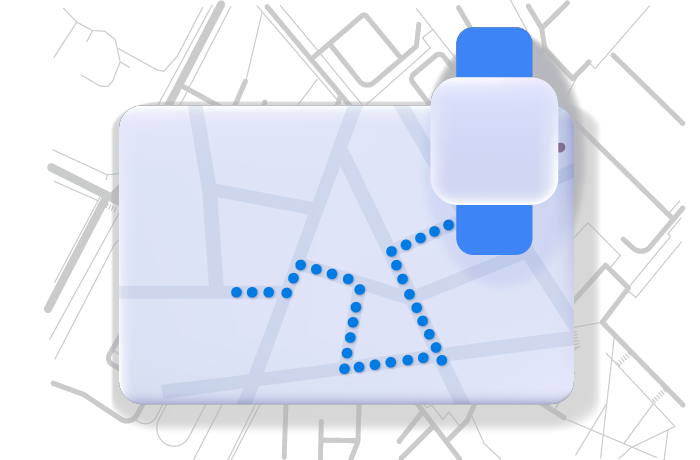In a medical or surgical ambulatory service, the follow-up of the patients’ pathway
can be complex. Indoor geolocation is a precious help for the nursing staff.
care staff. Find out how to optimize the patient’s journey in ambulatory care
and all the advantages that a geotracking system can offer to healthcare institutions.
to healthcare facilities.
Indoor geolocation and inpatient tracking
For a hospital, receiving outpatients requires well-trained logistics and the ability to manage the flow of patients and their companions. In this case, the implementation of an indoor geolocation system allows to optimize the management and the follow-up of the patients’ journey in the department.
The principle is simple: several terminals are installed at each stage of the patient’s journey (admission, entry into the recovery room, etc.). Upon arrival in the outpatient department, patients are equipped with a bracelet containing a geolocation tag. When the patient passes in front of one of the terminals, the beacon on the bracelet sends a signal to the nursing staff and the accompanying person, allowing them to follow the patient’s journey in real time.
This geolocation system is not limited to use in an ambulatory service. It can also be implemented in an emergency department with the same objective of tracking the patient’s journey, but it can also be used to locate patients at risk. Thus, when a patient gets lost or is detected outside a department or the hospital premises, the caregivers are immediately alerted.
The benefits of geolocation in an ambulatory service
Indoor geolocation solutions offer many advantages to all those involved in an outpatient’s journey.
For caregivers, it is a simple and efficient way to manage and optimize the path of hospitalized patients, saving time in the administrative management of care. Geolocation allows them to follow the patient in real time, but also to manage the occupation of the care rooms, to detect congestion areas, to estimate the waiting time before the patient is discharged…, all from the establishment’s interface.
For the patient, deprived of his smartphone during his outpatient hospitalization, it is the assurance that his relatives will be informed of his state of health as well as the time of his discharge. Their care and comfort are improved, and their waiting time is limited.
As for those accompanying the patient (family, friends, ambulance drivers, etc.), they are informed of their loved one’s progress through the care process. They are not required to stay on site, which takes up waiting room space, and they will know exactly when they can pick up the patient.
With indoor geolocation, your healthcare facility can provide patients with better care during their outpatient journey. Sweepin offers hospitals a digital indoor geolocation solution to optimize the patient journey. Contact us for more information.


